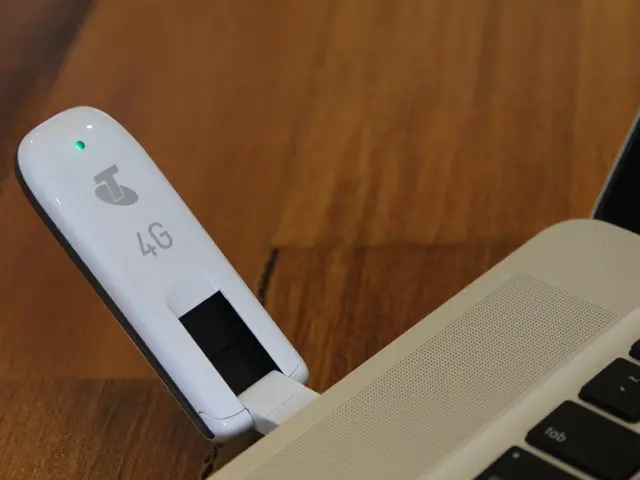Cross-Border Capabilities Unveiled for Brazil's Instant Payment System: A Snapshot
Launched by Brazil's Central Bank (Banco Central do Brasil) in 2020, Pix has rapidly become a dominant force in domestic payments. With over 170 million users and 64 billion annual transactions, Pix has surpassed traditional card usage, providing a 24/7, zero-cost service for peer-to-peer transfers [1][2].
Pix's appeal lies in its simplicity, using QR codes or Pix keys to authenticate and instantly transfer funds. This model has made Pix an attractive option for global adoption and cross-border flows [1][3].
Unlocking Cross-Border Commerce
Partnerships with companies like EBANX and Stripe allow Stripe customers worldwide to accept Pix payments, expanding Pix's reach in cross-border e-commerce. By enabling direct participation of Brazilian consumers (often without credit cards), this local payment integration doubles the potential customer base in Brazil compared to relying solely on international payment acquirers [1].
Financial Inclusion and Market Penetration
Pix has helped to reduce barriers for Brazil's previously underbanked populations (70% were underbanked before Pix). This expansion of the consumer market for cross-border merchants enables businesses to tap into this large segment [2].
Disrupting Traditional Payment Systems
Pix's real-time payments challenge legacy infrastructures like SWIFT by offering scalable, instantaneous, and cost-efficient transactions. This is part of a broader Latin American trend where countries like Mexico, Argentina, and Colombia adopt Pix-like systems to improve cross-border payment efficiency [2].
Business-to-Business Payments
Pix accounts for over half of online B2B transaction value in Brazil, supporting high-value, secure payments that can benefit cross-border trade and corporate transactions [3].
Regulatory and Security Considerations
As Pix expands internationally and integrates with crypto and BIS (Bank for International Settlements) initiatives, regulatory oversight for anti-money laundering and cybersecurity becomes critical. However, its robust infrastructure makes it a promising platform for embedded finance [2].
Global Fintech Investment Interest
Pix has attracted over $450 million in fintech and infrastructure investments, signaling confidence in its scalability and influence across borders [2].
Looking ahead, the BCB is considering agreements to connect Pix with similar instant payment platforms in other countries. The success of Pix domestically has led to explorations of its potential for overseas payments. Pix was launched during the Covid-19 pandemic, demonstrating its resilience and adaptability even in challenging times.
In conclusion, Pix's cross-border impact lies in its ability to unlock Brazil's large, previously underbanked market for international merchants, enable real-time cost-effective payments across borders, and inspire regional adoption of instant payment infrastructures, all while driving a shift away from traditional, slower cross-border systems like card networks and SWIFT [1][2][3].
Pix's global appeal extends to various industries, making it an attractive option for businesses in finance and technology, due to its potential for cross-border e-commerce and real-time, cost-efficient transactions. With partnerships like those with EBANX and Stripe, Pix opens up new avenues for cross-border commerce, especially for merchants looking to tap into Brazil's large, previously underbanked consumer market.




